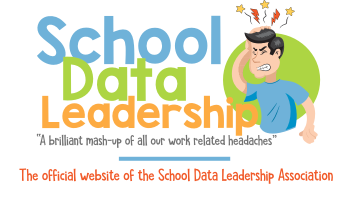Engage stakeholders in using problem solving and decision-making processes and distributed leadership to develop, monitor, evaluate and revise plans and programs.
1. Collaborative Problem-Solving Culture: Foster a culture of collaborative problem-solving where stakeholders feel empowered to contribute their perspectives and expertise. This involves promoting open communication, active listening, and a willingness to consider diverse viewpoints.
- Resource: Edutopia offers articles and videos on fostering collaborative problem-solving in educational settings.
2. Distributed Leadership: Empower stakeholders at all levels, including teachers, students, parents, and community members, to take on leadership roles in problem-solving and decision-making processes. Distributed leadership allows for a more inclusive and participatory approach to planning and program development.
- Resource: The Wallace Foundation provides research and resources on distributed leadership in education.
3. Establish Clear Processes: Develop clear processes for problem-solving and decision-making, including guidelines for how stakeholders can contribute ideas, provide feedback, and participate in the decision-making process. This ensures transparency and accountability in the planning and evaluation of programs.
- Resource: Harvard Business Review offers insights on effective decision-making processes and strategies.
4. Utilize Structured Approaches: Implement structured problem-solving approaches such as design thinking or root cause analysis to guide stakeholders through the problem-solving process. These approaches provide frameworks for systematically identifying and addressing issues.
- Resource: IDEO Design Kit offers resources and tools for applying design thinking in educational settings.
5. Data-Informed Decision Making: Use data to inform decision-making processes and evaluate the effectiveness of plans and programs. Encourage stakeholders to analyze data collaboratively and use evidence to guide decision-making.
- Resource: Data Wise by Harvard University provides resources and tools for using data effectively in decision making.
6. Engage Stakeholders Actively: Actively engage stakeholders in problem-solving and decision-making processes through meetings, workshops, focus groups, and other collaborative activities. Provide opportunities for stakeholders to share their perspectives, raise concerns, and contribute ideas for improvement.
- Resource: ThoughtExchange is a platform that facilitates open and inclusive conversations, allowing participants to share ideas and prioritize solutions collaboratively.
7. Regular Monitoring and Evaluation: Establish processes for regularly monitoring and evaluating plans and programs to assess their impact and identify areas for improvement. Involve stakeholders in the evaluation process to ensure that their perspectives are considered.
- Resource: Carnegie Foundation for the Advancement of Teaching offers resources on continuous improvement in education.
8. Iterative Revision of Plans: Encourage iterative revision of plans and programs based on feedback from stakeholders and evaluation data. Foster a culture of continuous improvement where stakeholders are encouraged to adapt and refine plans in response to changing needs and circumstances.
- Resource: EdSurge provides articles and resources on educational innovation and improvement.
By implementing these strategies and utilizing the recommended resources, educational leaders can effectively engage stakeholders in using problem-solving and decision-making processes to develop, monitor, evaluate, and revise plans and programs, leading to more responsive and effective educational initiatives.
